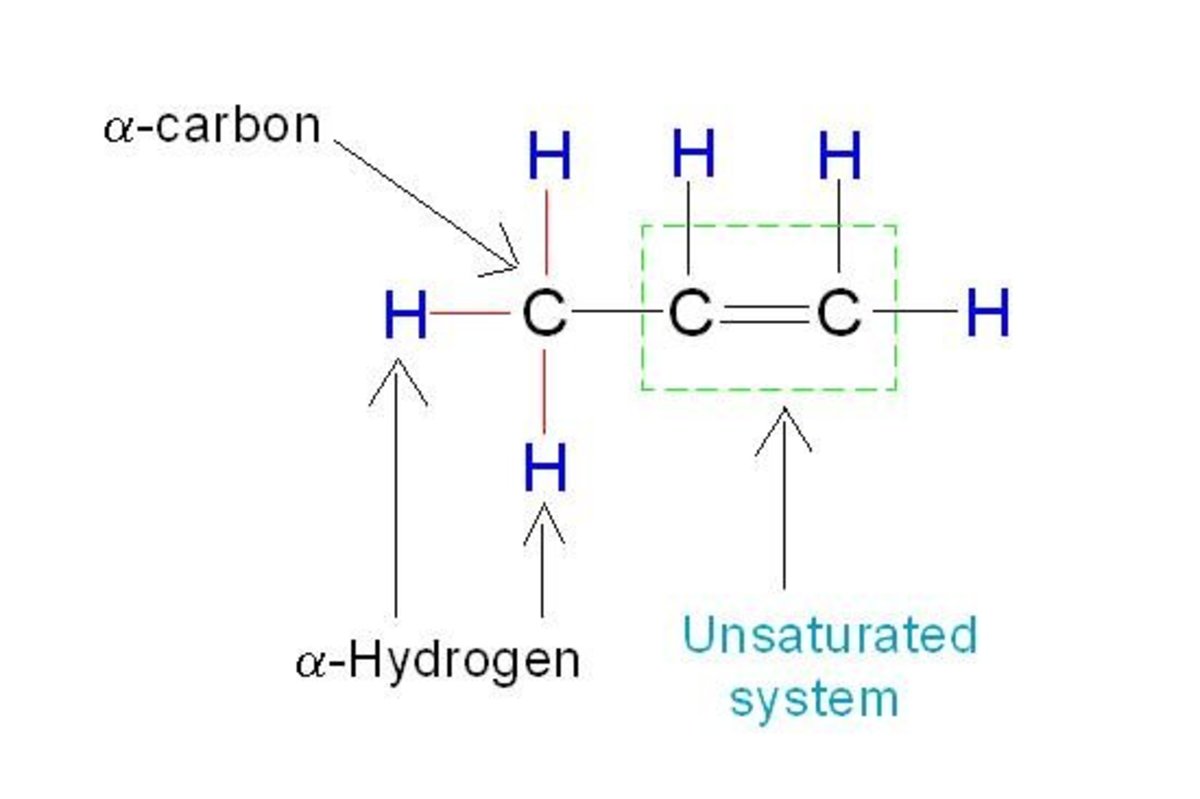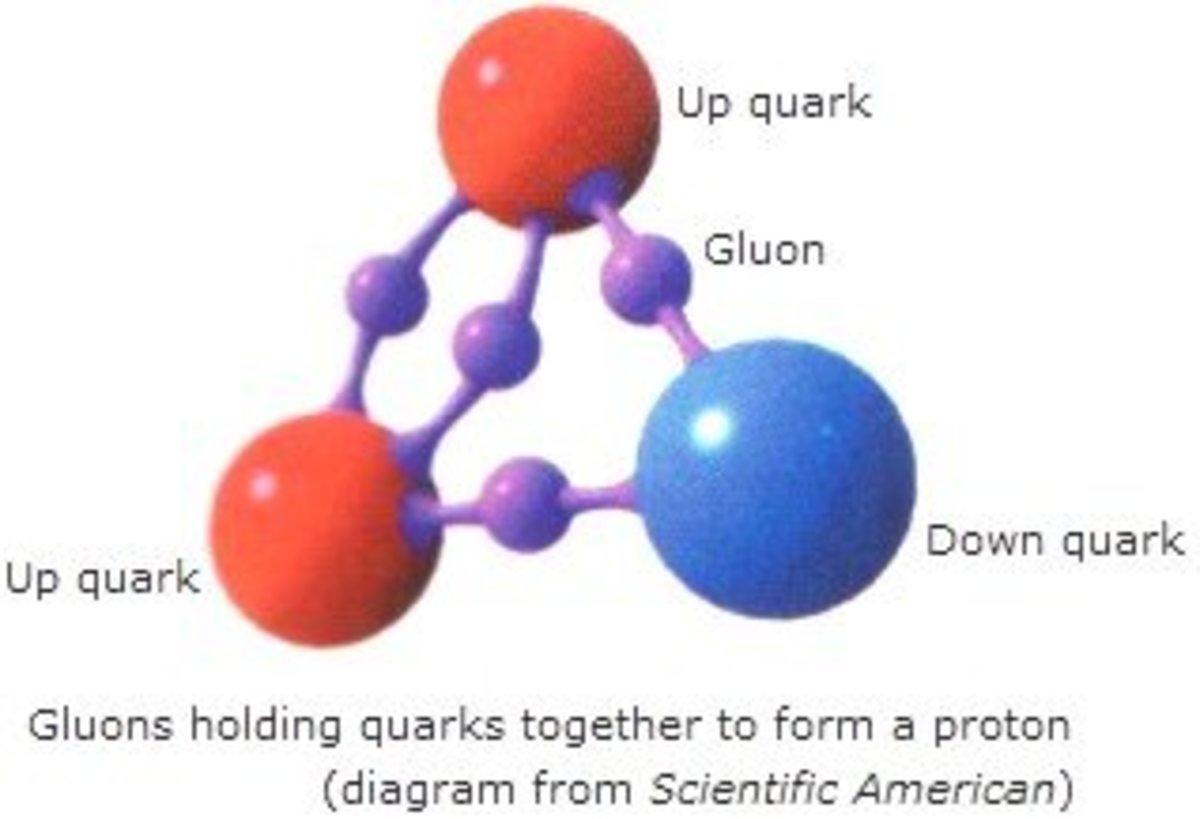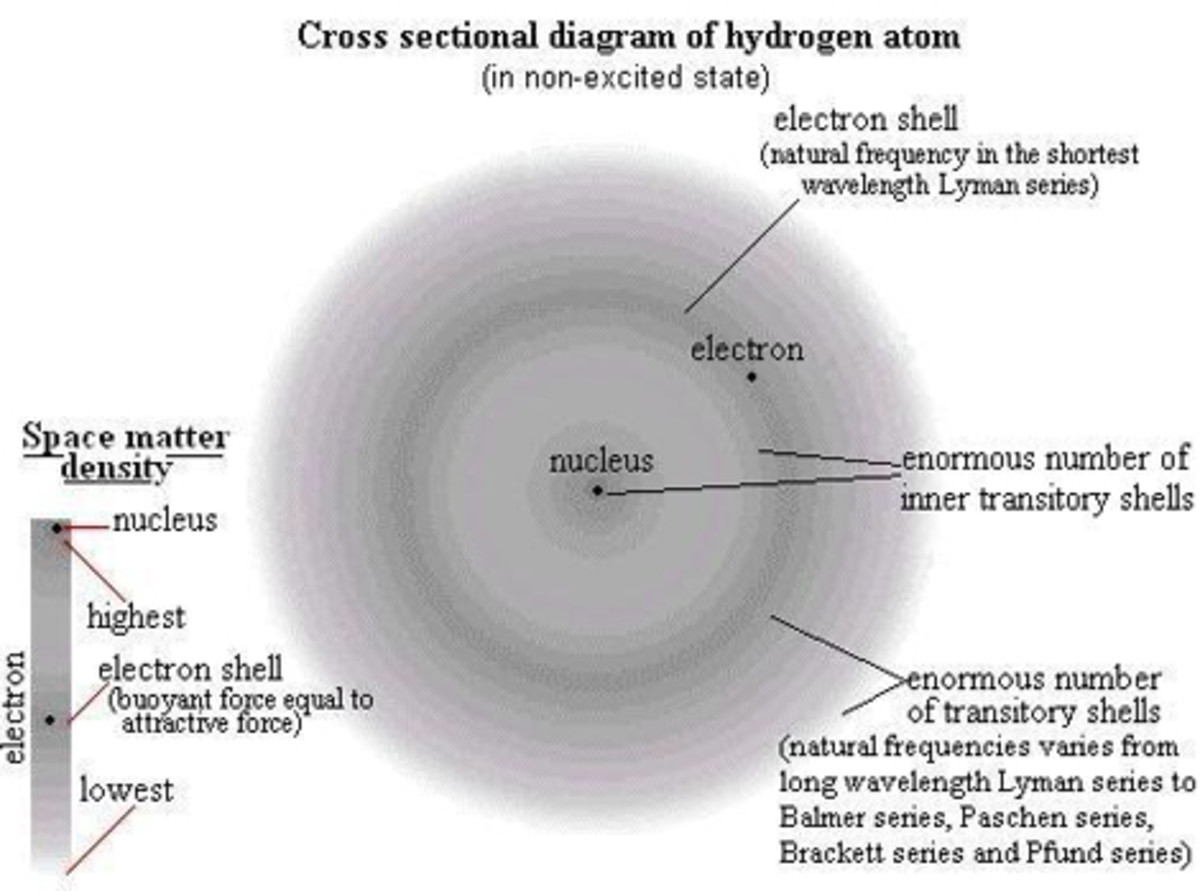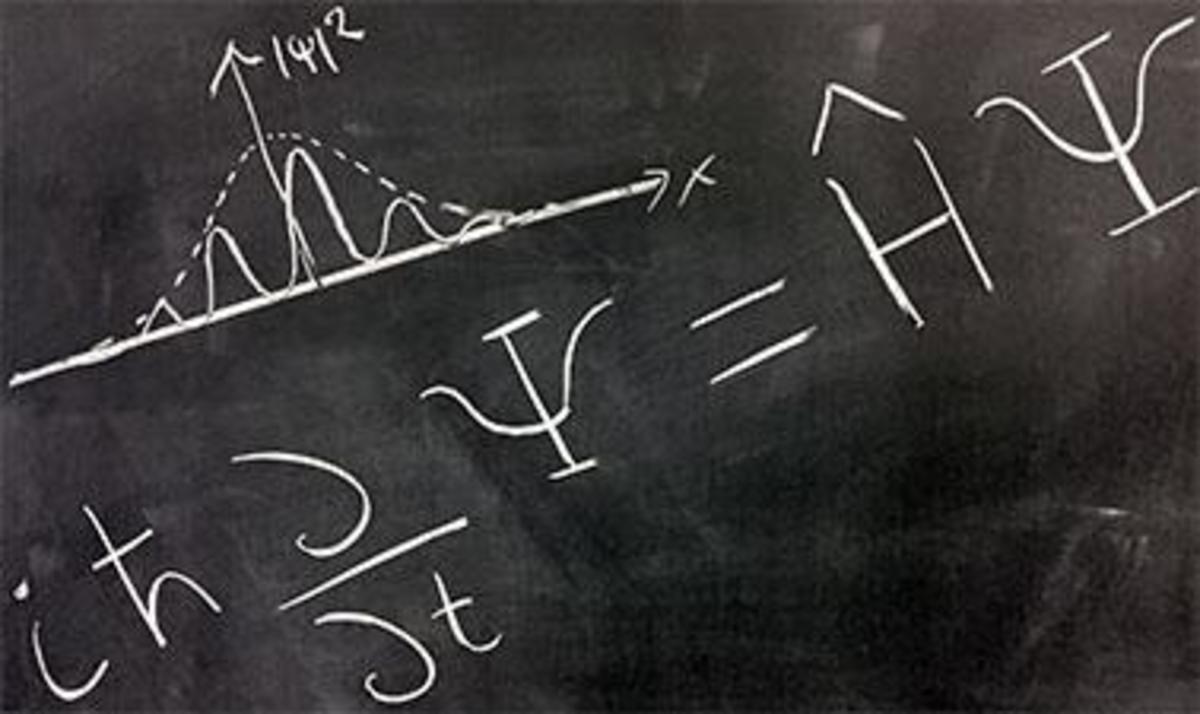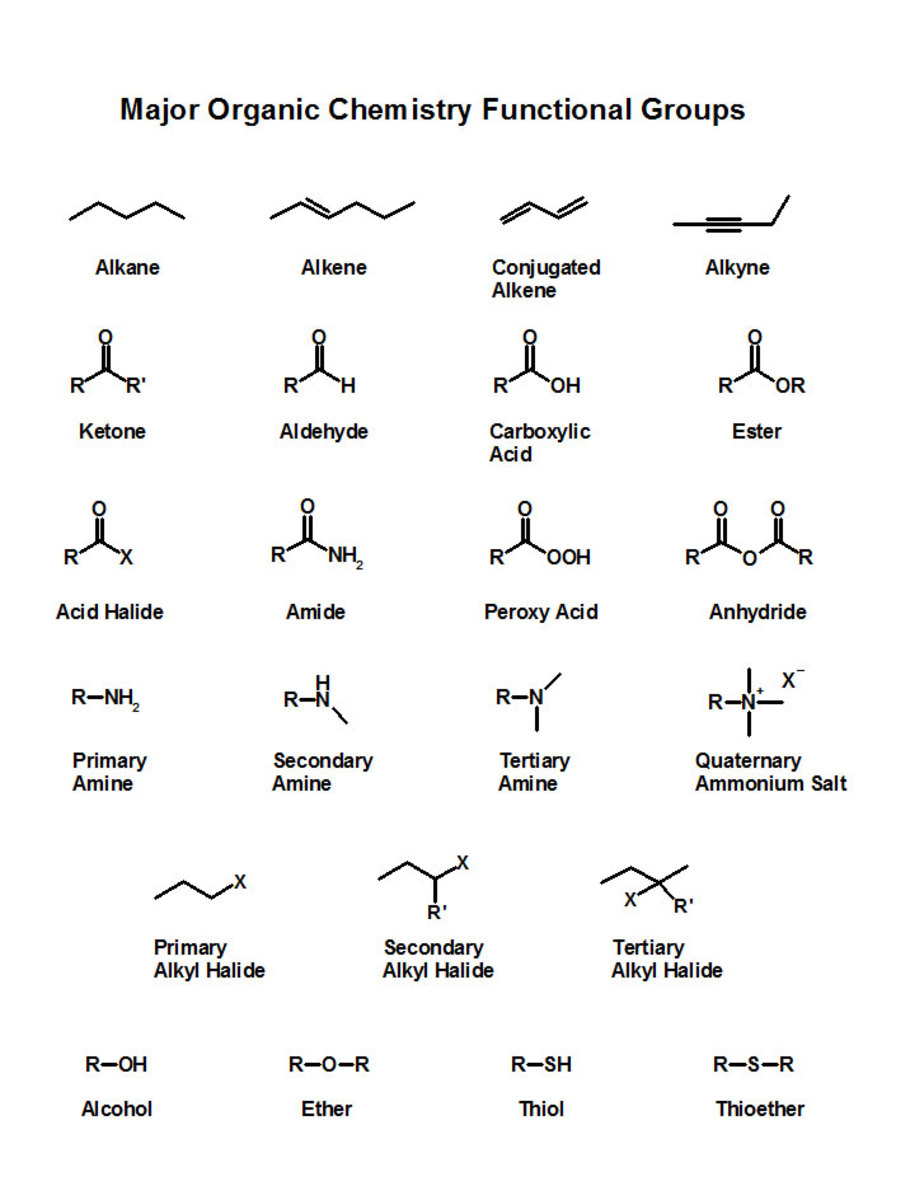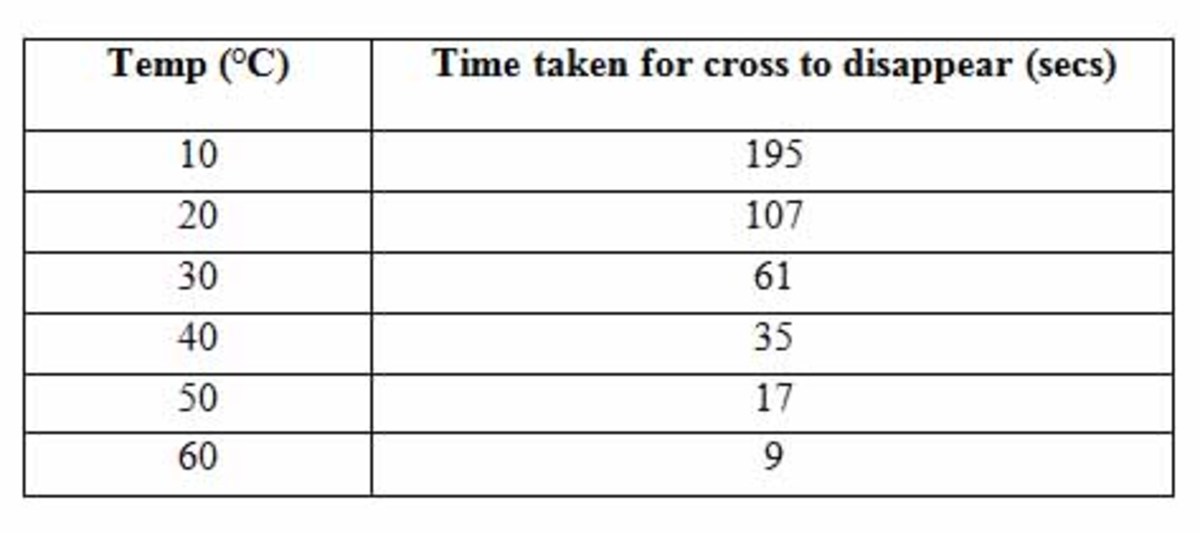Atoms, Isotopes and Ionisation Energy
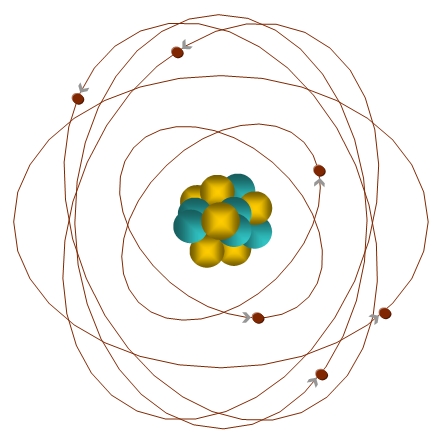
Definitions
Relative atomic mass is the weighted, average mass if an atom relative to the mass of carbon 12 when carbon 12 is exactly 12.
Isotopes are different versions of an element with different numbers of neutrons but the same amount of protons and electrons.
Protons are subatomic particles occurring in all atomic nuclei. They have a positive relative charge and a mass of 1.
Neutrons are subatomic particles that have around the same mass as protons but no charge.
Electrons are subatomic particles with a negative charge and a mass of 1/1800.
Calculations
To calculate the relative atomic mass of an atom from the percentage abundance, you times the percentage of the isotope by the atomic mass and then do the same with the other one. You then add both your answers and divide by 100.
For example there is 75% Cl-35 and 25% Cl-37, so…
(75x35) + (25x37) = 35.5 (average relative atomic mass).
100
To calculate formula masses you need to add the atomic mass of all the elements in the molecule. For example: Na = 23 and F = 19 therefore NaF = 23+19 = 42
Ionisation Energy
The first ionisation energy is the energy needed to remove 1 electron from each atom in 1 mole of gaseous atoms to form 1 mole of gaseous 1+ ions.
You have to remove one electron before you remove another one, they can only be removed one at a time, not simultaneously.
Where X is the element, the formula for first ionisation energy is:
X (g) → X+(g) + e - (kilojoule per mole)
The formula for the second ionisation energy is:
X+(g) → X2+ (g) + e -
The 3 main things that affect the amount of ionisation energy that is needed are the following:
- Nuclear charge – If the atom is positively charged then the more ionisation energy will be needed because the attraction between the nucleus and the electron will be stronger.
- Electron shielding – The more orbitals between the nucleus and the outermost electron means that the attraction to the nucleus is weaker because the orbitals shield the attraction.
- Distance of outermost electron – If the electron is far away from the nucleus then the attraction is weaker.
Exam Question
Explain how and why the first ionisation energies of hydrogen and helium change.
The perfect answer…
The first ionisation energy of helium is higher than that of hydrogen because helium has more protons in its nucleus, it therefore has a greater nuclear charge and exerts a greater attractive force on the electrons making it more difficult to remove the first electron. Shielding and distance from the nucleus remains unchanged.

